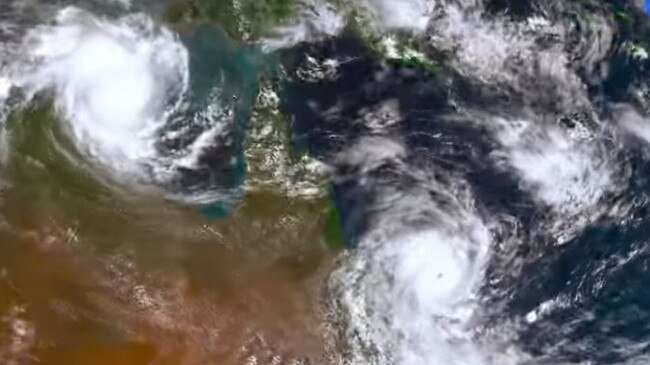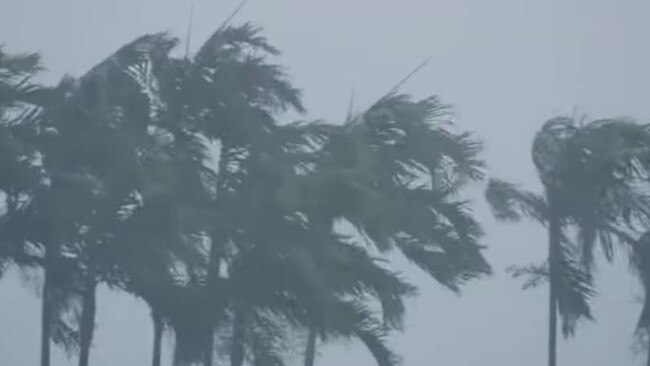Bureau of Meteorology expects more than 11 cyclones this season, warns of increased widespread flooding risk
The Bureau of Meteorology has revealed severe weather warnings for the upcoming cyclone season. And it’s not looking good.
Australians living in tropical regions should expect about 11 or more cyclones will form this summer, according to new data from the Bureau of Meteorology.
They have predicted there will be a 65 per cent chance of above average tropical cyclones between November and April as emergency services urged Queenslanders to prepare for the worst.
The lingering La Nina weather system will also provide an extra threat of flooding across the eastern and northern states.
“While severe weather can occur at anytime of year, this is the peak period for bushfires, heatwaves, flooding, tropical cyclones and severe thunderstorms,” BoM’s Jonathan How said.
“In the months ahead, Australia can expect an increased risk of widespread flooding for both eastern and northern Australia, and an average or slightly above average number of tropical cyclones.”
The meteorologist said there was an average of 11 tropical cyclones across Australia each year, with four of those crossing the coast.

“The pattern of warm water around northern Australia this year means we're expecting an average to slightly above average number of tropical cyclones and tropical lows,” Mr How said.
“While we can’t predict the exact timing, size, intensity or location of any individual tropical cyclone, we do know that in every season since records began in the 1970s, Australia has had at least one cyclone cross the coast.”
The forecast was provided after NRL legend Johnathan Thurston joined forces with emergency services to warn Queenslanders about the forthcoming season.
“All we need to do is prepare an emergency plan, pack an emergency kit and make sure our insurance is up to date,” the former North Queensland Cowboys star said.
“By taking these simple steps now, we can make sure we protect what’s most important to us.

“The only predictable thing about Queensland’s weather is its unpredictability so let’s not leave anything to chance this summer.”
Meteorologist Laura Boekel said it took just one cyclone to cause “devastation from damaging winds, heavy rainfall and tidal surges”.
She said the lingering characteristics of the La Nina weather pattern — warm waters in the north, the sea surface temperature pattern across the tropical Pacific Ocean, along with a negative Indian Ocean Dipole — contributed to the threat of increased rain, floods and slightly above average cyclone activity.
“Localised major flooding can occur in any northern wet season, but in 2021-22, there is an increased risk of widespread and prolonged riverine flooding across eastern and northern Queensland,” she said.
“While long-running large bushfires are less likely than during dry years such as 2019-20, continuing wet conditions during spring may further increase grass growth, which could increase fire danger as it dries during summer.”



